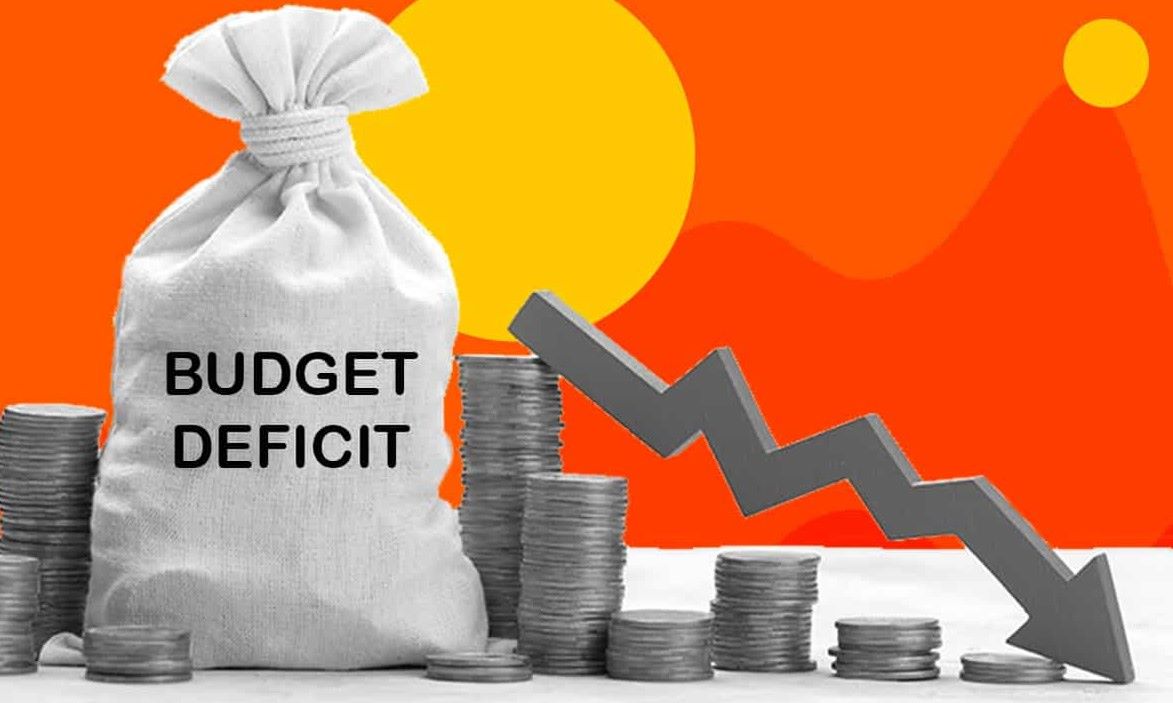
Tanzania’s current account deficit expanded to USD 4,807.9 million in January 2025, a 14.1% increase from USD 4,215.3 million in December 2024, driven by higher imports of fuel and capital goods. Total exports rose to USD 12,865.2 million (+1.7%), supported by gold exports (USD 3,147.6 million) and manufactured goods. However, imports grew faster, reaching USD 19,423.1 million (+3.8%), with oil imports surging to USD 5,603.4 million (+5.8%). The balance of payments deficit improved to USD 718.5 million, supported by FDI inflows of USD 2,643.8 million (+5.4%), while foreign exchange reserves increased to USD 5,323.6 million, covering 4.3 months of imports.
1. Current Account Deficit Expands
What It Means:
⚠ A rising current account deficit means more foreign exchange is leaving the country than entering, increasing pressure on the Tanzanian Shilling.
✅ Higher imports of capital goods may signal growing investment in infrastructure and production capacity.
2. Exports and Imports: Trade Deficit Widens
Exports Increased Slightly
Imports Grew Faster than Exports
What It Means:
⚠ Imports are rising faster than exports, increasing the trade deficit.
✅ Higher machinery imports indicate long-term economic investments, which could boost future production capacity.
✅ Stable gold exports support Tanzania’s foreign exchange reserves and economic stability.
3. Balance of Payments (BOP): Deficit Narrows Due to Capital Inflows
What It Means:
✅ Higher FDI inflows are supporting economic growth and reducing reliance on debt financing.
✅ Improved forex reserves strengthen Tanzania’s ability to manage currency fluctuations.
⚠ The balance of payments deficit remains a concern, but lower than in previous months.
Summary of Key Trends
| Indicator | January 2025 | Comparison with December 2024 |
| Current Account Deficit | USD 4,807.9 million | Increased from USD 4,215.3 million (+14.1%) |
| Total Exports | USD 12,865.2 million | Up from USD 12,653.1 million (+1.7%) |
| Gold Exports | USD 3,147.6 million | Stable |
| Total Imports | USD 19,423.1 million | Up from USD 18,714.5 million (+3.8%) |
| Oil Imports | USD 5,603.4 million | Up from USD 5,298.2 million (+5.8%) |
| Balance of Payments Deficit | USD 718.5 million | Improved from USD 985.2 million (-27.1%) |
| Foreign Direct Investment (FDI) | USD 2,643.8 million | Up from USD 2,507.3 million (+5.4%) |
| Foreign Exchange Reserves | USD 5,323.6 million | Up from USD 5,107.1 million (+4.2%) |
Economic Implications of Tanzania’s External Sector Performance
🔹 Positive Signs:
✅ Exports, particularly non-traditional goods and gold, continue to provide foreign exchange.
✅ FDI inflows are growing, supporting economic expansion.
✅ Foreign exchange reserves have improved, ensuring currency stability.
🔸 Challenges:
⚠ The current account deficit is widening due to high imports, increasing forex pressure.
⚠ Rising oil imports (USD 5.6 billion) could strain foreign reserves if global prices remain high.
⚠ The trade deficit is growing as imports outpace exports, requiring long-term export diversification.
1. Current Account Deficit is Growing (+14.1%)
What It Means:
⚠ More foreign exchange is leaving Tanzania than coming in, putting pressure on the Tanzanian Shilling.
✅ Higher imports of machinery and industrial equipment suggest long-term investment in economic growth.
2. Trade Deficit is Expanding as Imports Grow Faster than Exports
What It Means:
⚠ Rising oil prices are increasing Tanzania’s import bill, putting pressure on forex reserves.
✅ The stability of gold exports helps maintain foreign exchange earnings.
⚠ The trade deficit is widening, requiring stronger export growth to balance imports.
3. Balance of Payments is Improving Due to FDI Inflows
What It Means:
✅ Higher FDI inflows reduce reliance on borrowing and improve economic stability.
✅ Stronger forex reserves support exchange rate stability and import coverage.
⚠ Tanzania still faces external financing pressures due to the trade and current account deficits.
Overall Economic Implications
🔹 Positive Signs:
✅ Tanzania continues to attract FDI, especially in energy and mining.
✅ Foreign exchange reserves have strengthened, supporting currency stability.
✅ Exports, particularly gold and manufactured goods, remain strong sources of forex earnings.
🔸 Challenges:
⚠ The current account deficit is widening due to high import costs, mainly oil and capital goods.
⚠ The trade deficit is increasing, meaning more money is leaving the country than coming in.
⚠ Tanzania’s reliance on oil imports makes it vulnerable to global fuel price fluctuations.